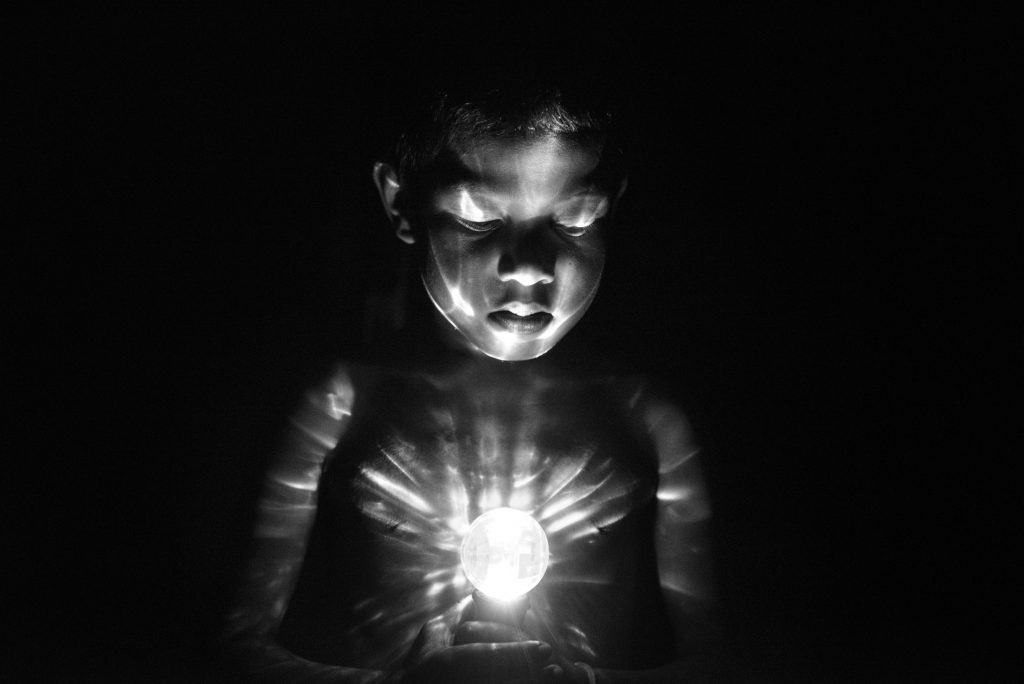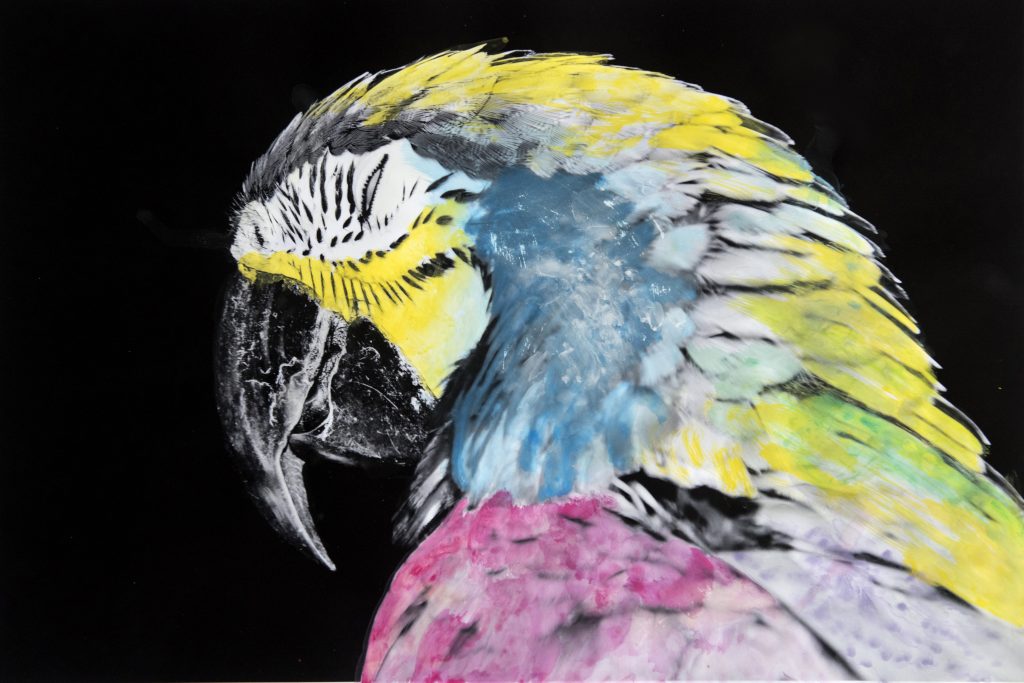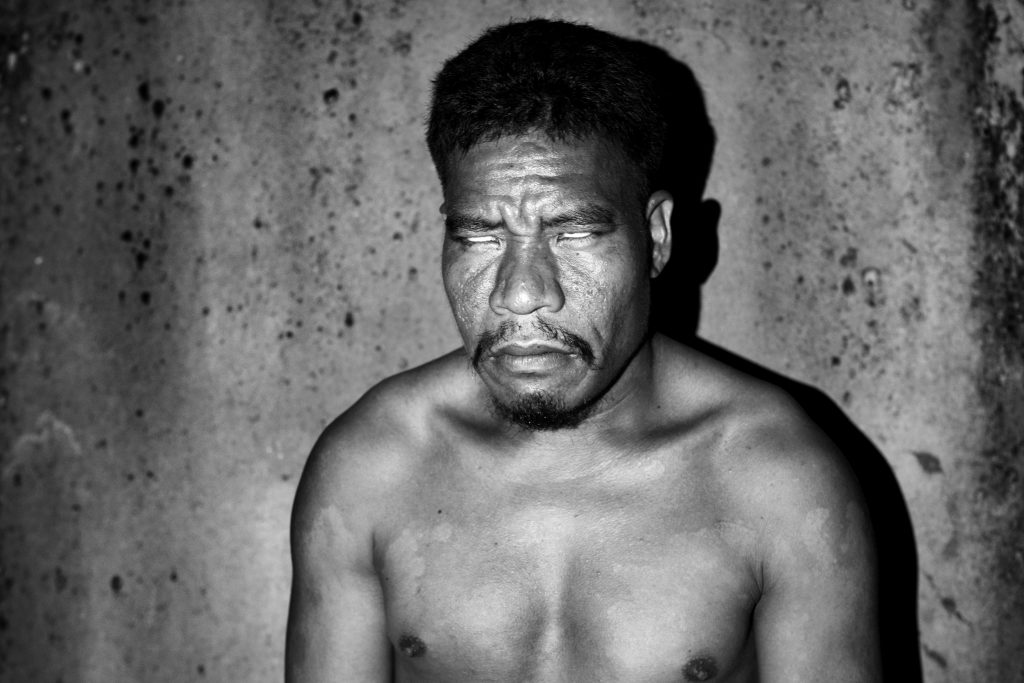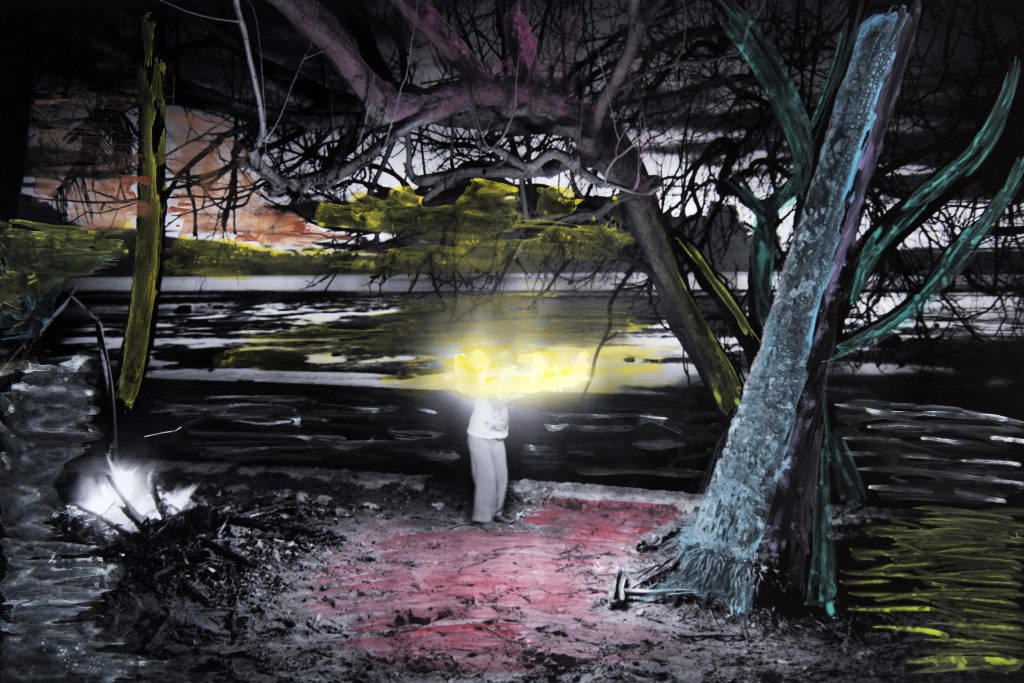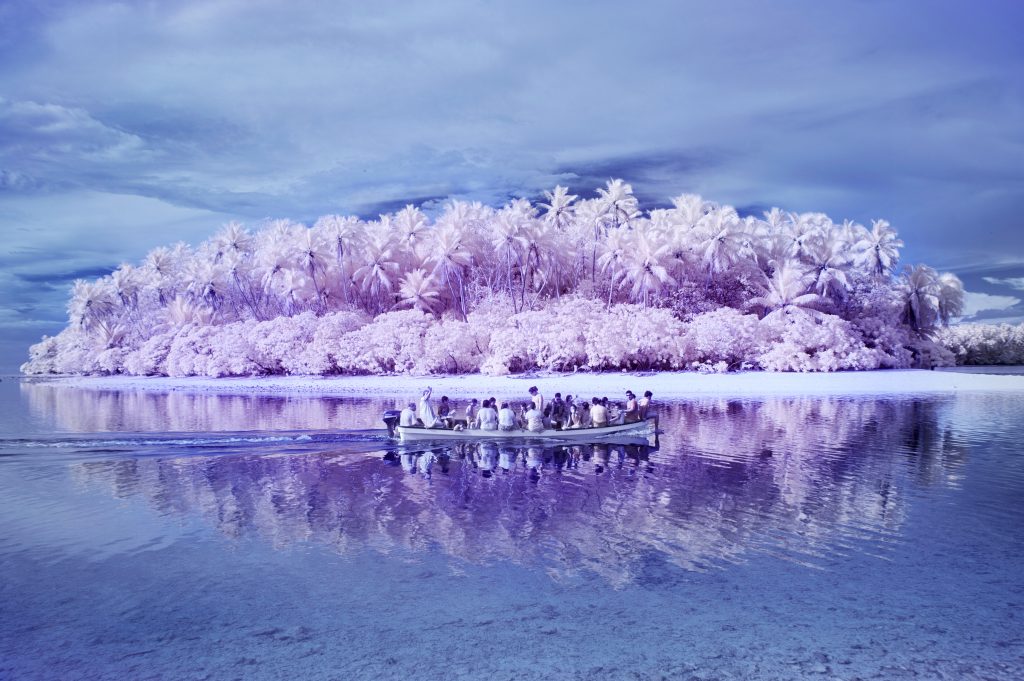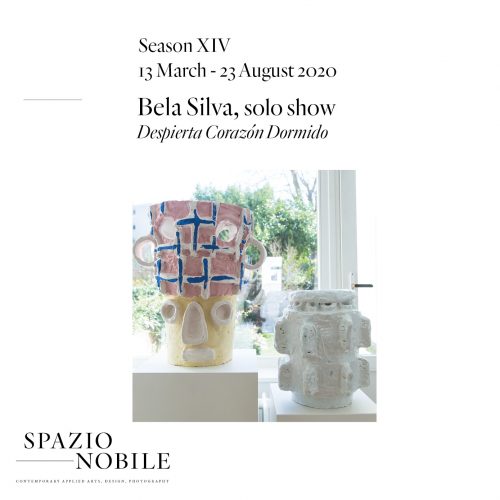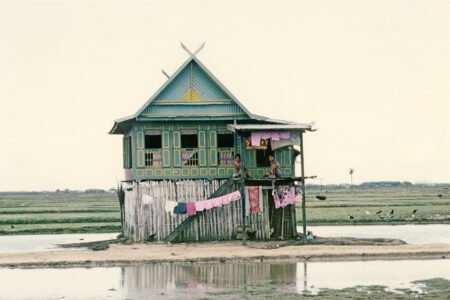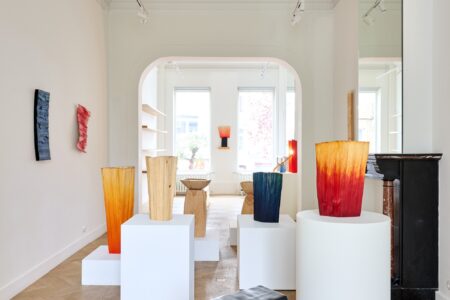The Island of the Colorblind
Relating to the theme of TLmag’s 31st print edition, Islands of Creation, we present an extract from ‘The Island of the Colourblind’ by Dutch photographer Sanne de Wilde.
In the late eighteenth century, a catastrophic typhoon swept over Pingelap, a tiny atoll in the Pacific Ocean. One of the sole survivors, the king, carried the rare achromatopsia-gen that causes complete colour-blindness. The king went on to have many children and as time passed by, the hereditary condition affected the isolated community and most islanders started seeing the world in black and white.
Achromatopsia is characterized by extreme light sensitivity, poor vision, and complete inability to distinguish colours. Achromats in Federated States of Micronesia adapt to their reduced level of visual functioning (due lack of recourses like sunglasses and tinted lenses) by using visual strategies such as blinking, squinting, shielding their eyes, or positioning themselves in relation to light sources.
Portraying the islanders that by their fellow Micronesians are described as ‘blind’ resulted in a conceptual selection of images that mask their eyes, their face, or their ‘vision’ and at the same time invites the viewer to enter a dreamful world of colourful possibilities.
Colour is just a word to those who cannot see it. What if the colour-blind people paint with their mind, how would they colour the world, the trees, themselves? Initiating my visual research in FSM I tried to find ways to envision how people with achromatopsia see the world. I tried to see the island through their eyes. Daylight is too bright to bare, moonlight turns night into day. Imagine flames lighting up in black and white, trees turning pink, waves of grey. A rainbow revisited.
The islanders often refer to green as their favourite colour, growing up in a lush environment, living in the jungle. But green is also the colour that the most common kind of colour-blindness (deutaranomaly, five out of 100 males) can’t distinguish. I learned that the colour the islanders say to ‘see’ most is red. I photographed with a camera converted to infrared, programmed to read the light and the colours differently.
Nowadays a lot of the Pingelapese have migrated to Pohnpei, the bigger island. The Pingelapese -besides the hereditary condition- inherit a strong sense of identity and speak a different language than the Pohnpeians. Migrated Pingelapese have gathered near Kolonia in Mwalok and built up a small community in Mand where their Pingelapese roots remain intact. They call Pingelap their ‘home’, even if the new generation Pingelapese that are born and raised in Pohnpei and have never set foot on the tiny island.
The very last copies of Sanne’s book, The Island of the Colorblind, is now available on the NOOR Shop.
